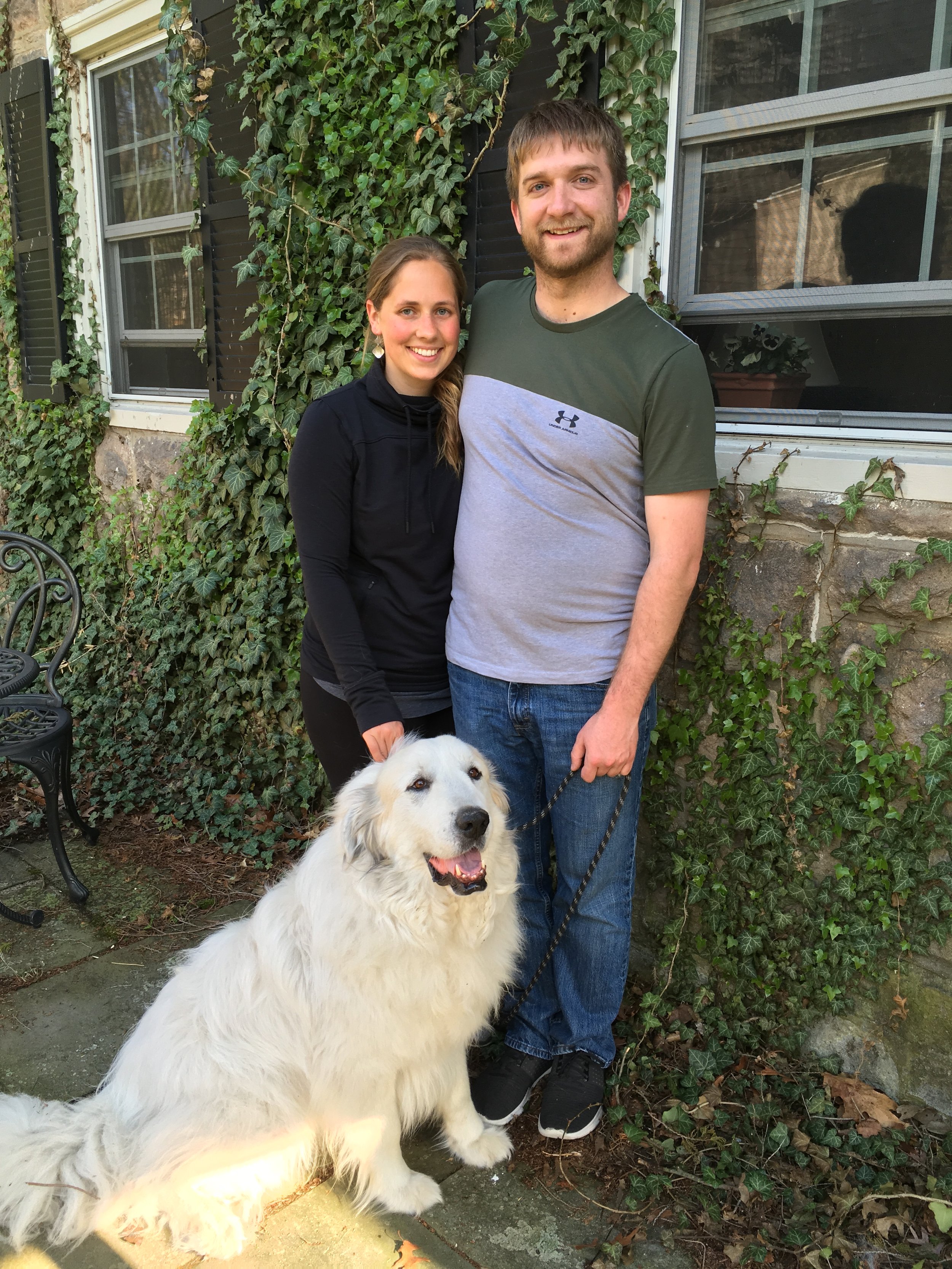Click here to check out my Patreon!
When I was in college, I wanted a plant in my dorm. So the next time I went home, I dug up a chunk of chives from my mom’s herb garden and potted it. Not two weeks after its safe arrival in North Carolina, I noticed it was teaming with bugs. Naturally, at nineteen years old, I panicked and called my mother.
Aphids, she told me. I doused the plant and soil in soapy water, and a couple weeks later, the bugs were dead and the plant was happy and thriving with several shoots of new growth.
When I graduated college, I took the plant with me to New Hampshire. A couple years, several apartments, and a few more aphid incidents later, I planted it in the yard of my condo, the first property I had ever owned. Then, when we dug up our lives to move to Baltimore for Josh’s new job, I decided to dig up a chunk of my chives plant from our yard in Dover too, and dragged it back down south of the Mason-Dixon line with me.
Somehow, it never occurred to me to celebrate my plant’s tenth birthday, but we breezed by it all the same. And when we once again uprooted our lives to move to Pennsylvania, I uprooted my beloved chives too, and placed the plant in a south-facing window where it could soak up as much sun as it desired.
In the last fifteen years, I have killed many, many plants. I’ve killed flowers of all varieties, dozens of basil plants, mint if you can believe it, pumpkins, peas, cucumbers, numerous other varieties of vegetables, daisies, ferns, grass, pothos, succulents… the list goes on.
But somehow, my chives survived. It has bugs again, though.
Lately I’ve been thinking a lot about the passage of time. I’m in my mid-thirties now, smack dab in the middle of things. I’ve passed the early adulthood of my twenties, but haven’t yet made it to the “official” middle-aged-ness of my forties. I’m not old by any means. But I also don’t really feel young, either. My back hurts sometimes, and if I do too much in one day, I’m stiff the next morning. Learning things isn’t as easy as it used to be. Most of my friends have kids now, and we’re on our third house.
Once I asked my dad what age he thought he was in his head. I’ve heard people say “My body might be old but I’ve still got the mind of a twenty-year-old!” which made me wonder if everyone feels twenty inside when they reach their sixties and seventies. But my dad told me he thought his self’s age had landed somewhere in his early forties.
I’m not there yet, but I do feel like my “self” is slowing down a bit. I’m not racing through milestones like college, getting a grown-up job, buying a house, publishing a book, or getting married anymore. I have a lot more experience under my belt (I remember when I was first submitting resumes and desperately wishing for 10+ years of experience since that’s what all the job listings required). My feelings about myself are more consistent; I have a better idea of what I want out of life and what I’m willing to do to achieve success.
But I have a long way to go yet. A lot more firsts and lasts. A lot more books to write. A lot more plants to not kill.
When I was younger, I used to wish I was thirty. Partially because everyone always thought I was younger than I was, and when people (rudely) asked for my age, it felt good to see the shocked look on their face when I replied, “Thirty.” But also because I wanted the experience and knowledge that can only be gained through living through those years, and I thought thirty would get me just a little bit closer to the wise wizened old crone I’d always dreamed of being.
It turns out, being 33 or 34 isn’t that different from being 29, but it is a lot different than being twenty.
For starters, I care a lot more about my chives plant now. It’s not that I didn’t care at all when I was younger, but back then, I felt like I could just replace it if it died.
Now, that’s not so true. How do you replace a plant that’s been by your side for fifteen years? The longer life goes on, the more temporary things seem, and the more value I place on things that last, whether friendships, interests, or plants. Five years isn’t so long any more. One year is even less. But a fifteen-year-old plant? That’s almost half my life. Not so easily replaceable after all.
If the current round of bugs does my chives in, I’ll be almost fifty years old before another one outlives the first.
The way I value things has changed a lot. What was once “just a plant,” is now a friend who has been with me since I was little more than a child. The jasmine plant I bought in Baltimore is turning six this year—it’s been around almost as long as my marriage. We didn’t even get to have Doggo that long.
Time is a funny thing.
But I can tell you this: I’m going to do everything in my power to keep my chives alive. Because fifteen-year relationships take fifteen years to build. And there’s no telling how many more decades I’ll get to keep.










































































































































